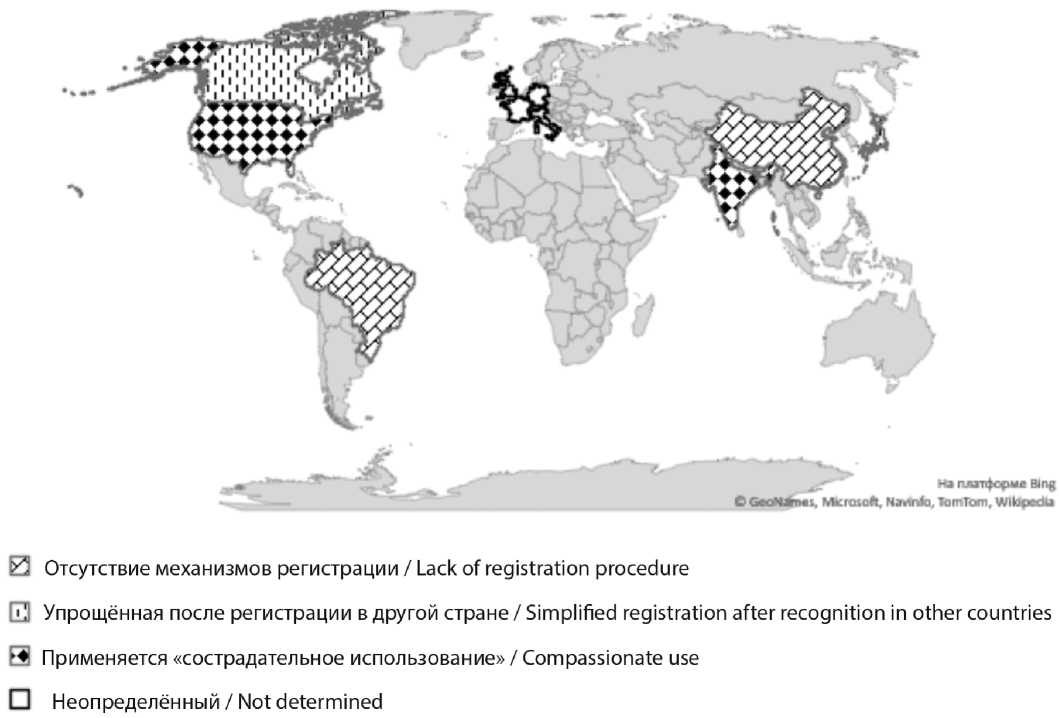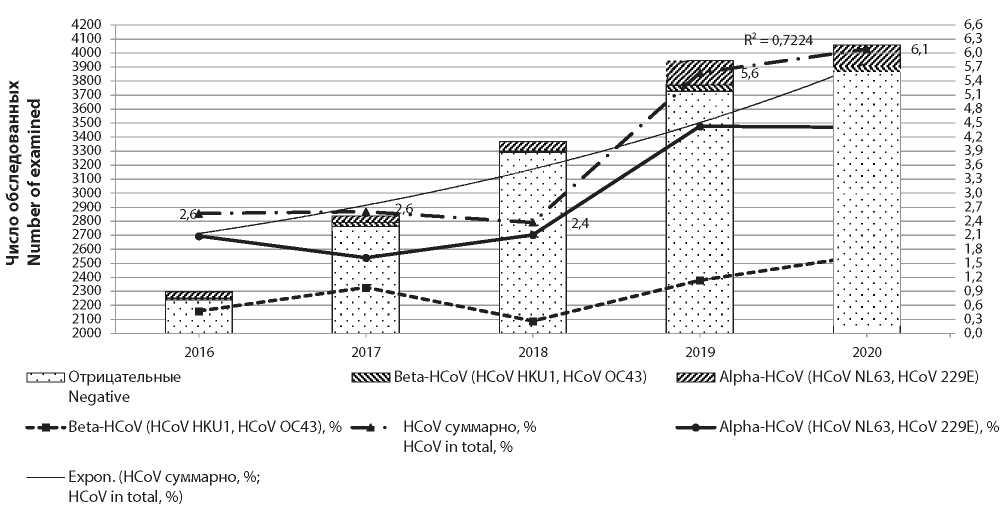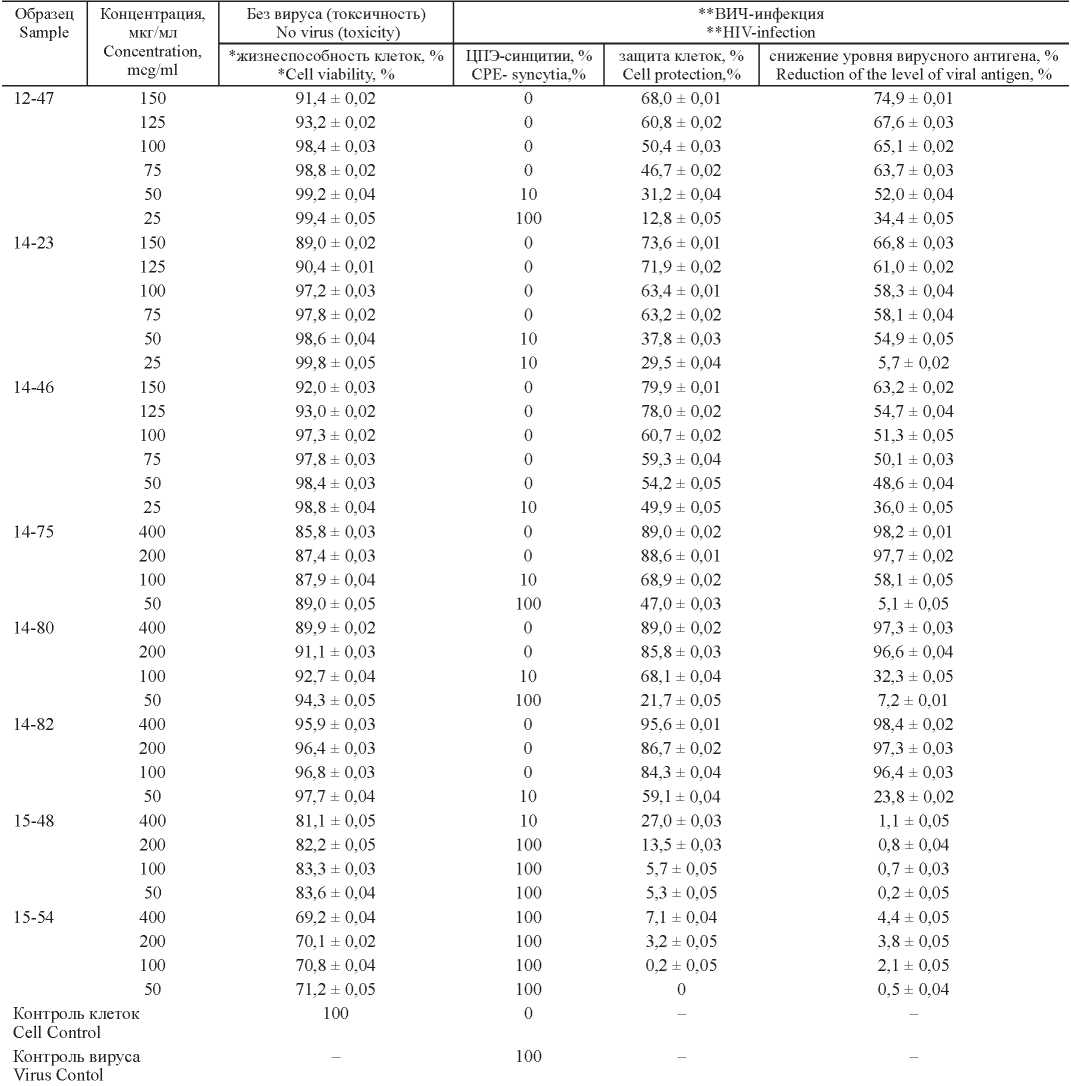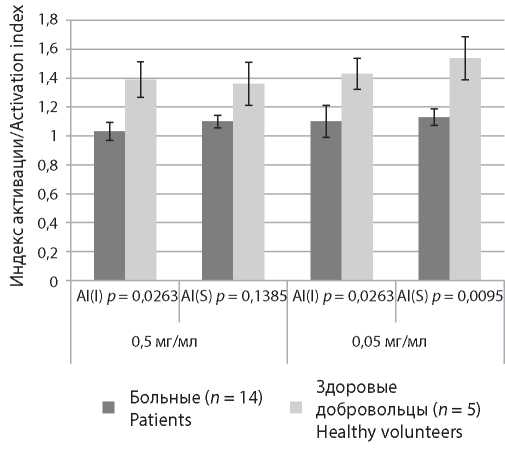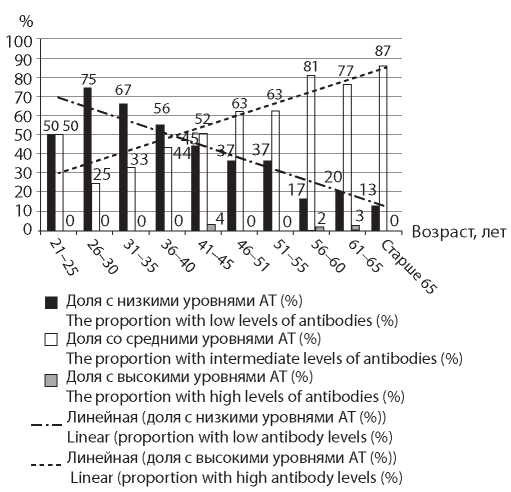Vol 65, No 5 (2020)
- Year: 2020
- Published: 16.11.2020
- Articles: 6
- URL: https://virusjour.crie.ru/jour/issue/view/46
Full Issue
REVIEWS
A review of the regulatory framework for personalized bacteriophages registration
Abstract
 259-266
259-266


ORIGINAL RESEARCHES
Analysis of human coronaviruses circulation
Abstract
Introduction. The novel SARS-CoV-2 coronavirus, which emerged at the end of 2019 and caused a worldwide pandemic, triggered numerous questions about the epidemiology of the novel COVID-19 disease and about wellknown coronavirus infections, which used to be given little attention due to their mild symptoms.
The purpose: The routine screening-based multiyear retrospective observational study of prevalence and circulation patterns of epidemic-prone human coronaviruses in Moscow.
Material and methods. The real-time polymerase chain reaction was used to detect RNA of human coronaviruses (HCoVs) in nasal and throat swabs from 16,511 patients with an acute respiratory infection (ARI), aged 1 month to 95 years (children accounted for 58.3%) from January 2016 to March 2020, and swabs from 505 relatively healthy children in 2008, 2010 and 2011.
Results. HCoVs were yearly found in 2.6–6.1% of the examined patients; the detection frequency was statistically higher in adults than in children, regardless of sex. At the height of the disease incidence in December 2019, HCoVs were detected in 13.7% of the examined, demonstrating a two-fold increase as compared to the multi-year average for that month. The statistical frequency of HCoV detection in ARI pediatric patients under 6 years was significantly higher than in their healthy peers (3.7 vs 0.7%, p = 0.008).
Conclusion. HCoVs circulate annually, demonstrating a winter-spring seasonal activity pattern in the Moscow Region and reaching peak levels in December. Over the years of observation, the HCoV epidemic activity reached maximum levels in December 2019–February 2020 and decreased in March to the multi-year average. Amid a growing number of SARS-CoV-2 cases imported to Moscow in March 2020, the HCoV detection frequency dropped sharply, which can be explained by the competition between different coronaviruses and by the specificity of HCoV detection with the diagnostic test kit used in this study.
 267-276
267-276


Antiviral activity of extracts of basidiomycetes and humic compounds substances against Human Immunodeficiency Virus (Retroviridae: Orthoretrovirinae: Lentivirus: Human immunodeficiency virus 1) and Herpes Simplex Virus (Herpesviridae: Simplexvirus: Human alphaherpesvirus 1)
Abstract
Introduction. One of the most urgent problem of modern medicine is the fight against the disease caused by the Human Immunodeficiency Virus (HIV) – HIV infection. The chemical compounds have improved the situation for infected people, but they are toxic, disrupt the metabolism and cannot eliminate the integrated virus from the body. The emergence of resistant HIV strains makes these treatments ineffective. Often, the death of HIV-infected people occurs as a result of the development of opportunistic infections caused by viruses of the Herpesviridae family. Therefore, the search for new therapeutic and preventive drugs that are less toxic and active against several viruses at the same time is relevant. Basidiomycetes, higher fungi, are a source of medicinal compounds that have antimicrobial properties, as well as antiviral ones. Humic compounds (HS) of various nature also have antiviral activity.
The aim of the study was to obtain nontoxic compounds from the basidiomycete Inonotus obliquus and humic compounds from brown coals and to test their activity against viruses that are pathogenic to humans: HIV and Herpes Simplex Virus (HSV).
Material and methods. The antiviral activity of melanin extracts obtained from the culture of the chaga fungus Inonotus obliquus and HS from the brown coal of the Kansko-Achinsk Deposit was studied using a model of MT-4 lymphoblastoid cells infected with HIV type 1 (HIV–1) strains and a monolayer culture of Vero cells infected with HSV type 1 (HSV-1) using virological and statistical research methods.
Results and discussion. It was found that all the studied compounds did not have a cytotoxic effect on cells at a concentration of 100 mcg/ml. It was shown that extracts of basidiomycetes and HS have antiviral activity against HIV-1 and HSV-1. EC 50 (50%-effective concentration) for HIV-1 was 3.7–5.0 mcg/ml, selectivity index 28–35. Antiherpetic activity was detected at a dose of 50–100 mcg/ml. The antiviral effectiveness of melanin compounds was established both in the «preventive» (2 hours before cell infection) and in the «therapeutic» regimen of drug administration, both for HIV-1 and HSV-1. The presence of antiviral activity of melanin and HS in relation to the RNA-containing HIV-1 virus and DNA-containing HSV-1 virus in our study coincides with the results of a number of authors in relation to influenza viruses, herpes virus, HIV, hepatitis B virus, Coxsackievirus, smallpox vaccine virus, which suggests that the type of nucleic acid in the virus does not play a fundamental role in the antiviral action of these drugs. It is also clear that HS is effective against both enveloped and non-enveloped viruses.
Conclusion. In general, it can be concluded that melanin and humic compounds are characterized by low toxicity in the presence of both virucidal and antiviral activity. This allows us to consider the studied compounds as the basis for creating safe medicines that are effective against pathogens of various viral infections.
 276-283
276-283


Interferon-regulating activity of the celagrip antiviral drug and its influence on formation of reactive oxygen species and expression of innate immunity genes in the follicular lymphoma patients
Abstract
Introduction. Medicines from the group of interferon inducers (IFNs) “swith on” the synthesis of type 1 interferons (IFN-I) and induce the expression of IFN-stimulated genes (ISGs) that regulate innate immunity reactions and protect the host from infectious agents and the tumour pathology.
The purpose of the study was to determine the role of the drug celagrip (CA) in the activation of innate immunity genes and the effect on the production of reactive oxygen species (ROS) in patients with follicular lymphoma (FL).
Objectives: to study the intensity of ROS production and the level of expression of the IFN-α2, IFN-λ1, ISG15, BCL2, P53(TP53) and USP18 genes in response to the treatment of blood cells of patients with FL with the preparation of CA.
Material and methods. The study involved primary cancer patients diagnosed with follicular lymphoma (FL) and healthy volunteers. A kinetic analysis of the dynamics of production of reactive oxygen species (ROS) was performed in whose blood cells, and the expression of the group of genes was determined by real-time PCR in response to CA processing.
Results and discussion. ROS production by blood cells of patients with FL and volunteers in the presence of CA significantly decreased (P < 0.05). The level of gene expression of ISG15, P53(TR53) and USP 18 in the group of patients with FL was significantly higher than that in the group of volunteers. When treating blood cells with CA, it becomes possible to divide patients with FL into groups with a positive and negative response in accordance with the level of expression of the USP18 gene. We divided FL patients into groups with a positive and negative response in accordance with the level of USP18 gene expression after treatment of blood cells with CA.
Conclusions. The CA drug reduces the production of ROS and simultaneously stimulates the activity of the innate immunity genes ISG15, P53(TP53) and USP18 in the blood cells of patients with FL.
 284-293
284-293


Intensity of the immunity against measles in employees of the maternity unit in Moscow
Abstract
Introduction. Measles remains an urgent problem in Russian healthcare. Despite the ongoing vaccination, there is an increase in the incidence of measles. Prevention of measles is particularly important in high-risk groups, as well as among healthcare professionals to prevent hospital-acquired outbreaks of infection. The duration of post-vaccination immunity during the elimination of measles has not been sufficiently studied, so often people who have had measles in childhood or have 1–2 vaccinations against the disease lose their protective antibodies with age in the absence of natural boosterization.
Goals and objectives. To study the intensity of specific immunity to measles in employees of the maternity unit.
Material and methods. The study involved 271 employees of the maternity unit aged 21 to 93 years (262 serum samples). The level of IgG antibodies (Ab) to the measles virus in the blood serum was studied by ELISA using a standard set of reagents for the quantitative determination of IgG by «VECTOR-BEST». The result was considered negative if the concentration of IgG to the measles virus in tested sample was ≤ 0.18 IU/ml and positive – if > 0.18 IU/ml.
Results. The number of seronegatives ranged from 0% to 30.8% in female employees with its maximum at age of 31–35 years. The lowest proportion of seronegative and the highest proportion of seropositive women were observed among the elderly, > 60 years.
Discussion. There is a marked tendency for an increase of the proportion of persons with average Ab levels with age and a decrease of the proportion of persons with low Ab levels. The percentage of seronegative women among employees exceeded the recommended level, which makes it possible for an nosocomial outbreak when an infection is introduced.
Conclusion. The authors recommend that serological testing for the intensity of the immune response against measles should be included in the standard of the pre-vaccination screening for adults.
 294-300
294-300


EDITORIAL CONCEPT
Formation of population gene pools of zoonotic viruses, potentially threatening biosafety
Abstract
Coronaviruses formed a gene pool by interaction with Amphibia (subfamily Letovirinae) and then with Chiroptera in Tertiary (110–75 million years ago) with transformation to Artiodactyla (Eocene – 70–60 million years ago), and only 10–2 thousand years BC acquired the ability to a respiratory transmission and became Alphaviruses, a seasonal infection of humans. A similar situation is possible in the near future with SARS-CoV-2. Pandemics associated with zoonoses even more serious than COVID-19 are likely. Constant monitoring of populational gene pools of zoonotic viruses is necessary.
 243-258
243-258











